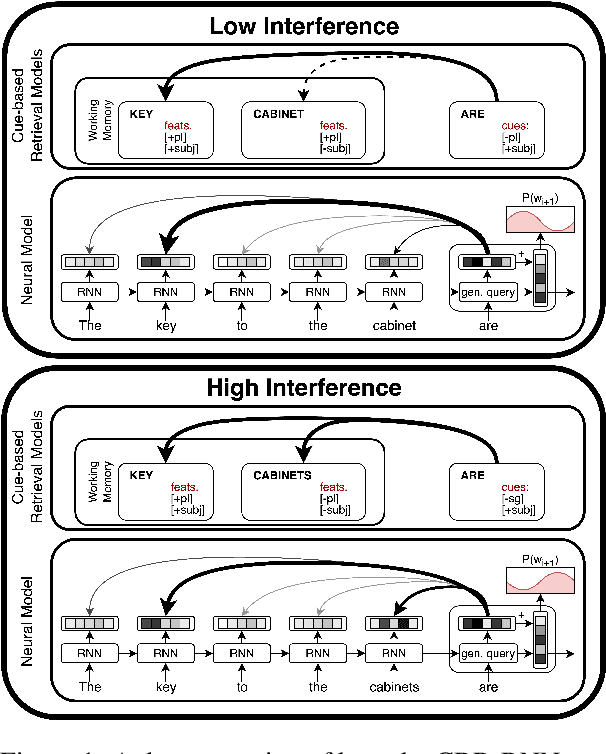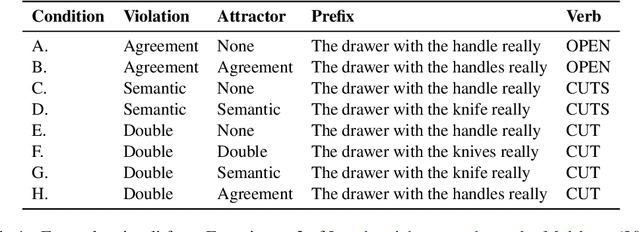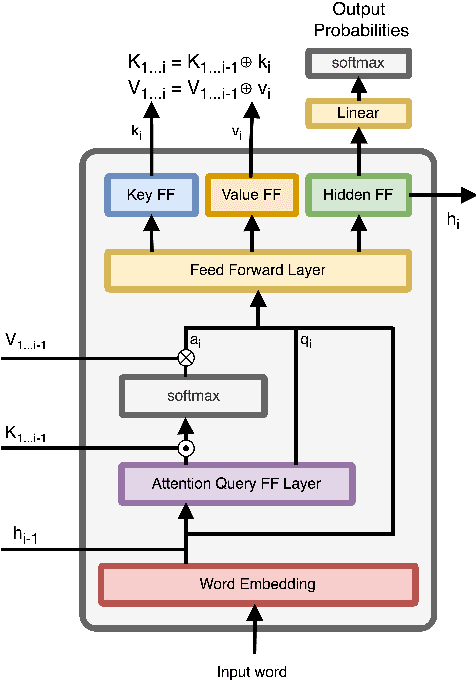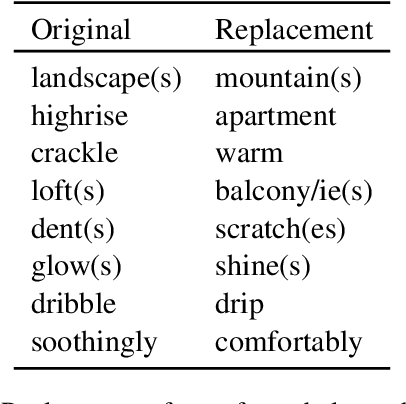A Language Model with Limited Memory Capacity Captures Interference in Human Sentence Processing
Paper and Code
Oct 24, 2023



Two of the central factors believed to underpin human sentence processing difficulty are expectations and retrieval from working memory. A recent attempt to create a unified cognitive model integrating these two factors relied on the parallels between the self-attention mechanism of transformer language models and cue-based retrieval theories of working memory in human sentence processing (Ryu and Lewis 2021). While Ryu and Lewis show that attention patterns in specialized attention heads of GPT-2 are consistent with similarity-based interference, a key prediction of cue-based retrieval models, their method requires identifying syntactically specialized attention heads, and makes the cognitively implausible assumption that hundreds of memory retrieval operations take place in parallel. In the present work, we develop a recurrent neural language model with a single self-attention head, which more closely parallels the memory system assumed by cognitive theories. We show that our model's single attention head captures semantic and syntactic interference effects observed in human experiments.
 Add to Chrome
Add to Chrome Add to Firefox
Add to Firefox Add to Edge
Add to Edge